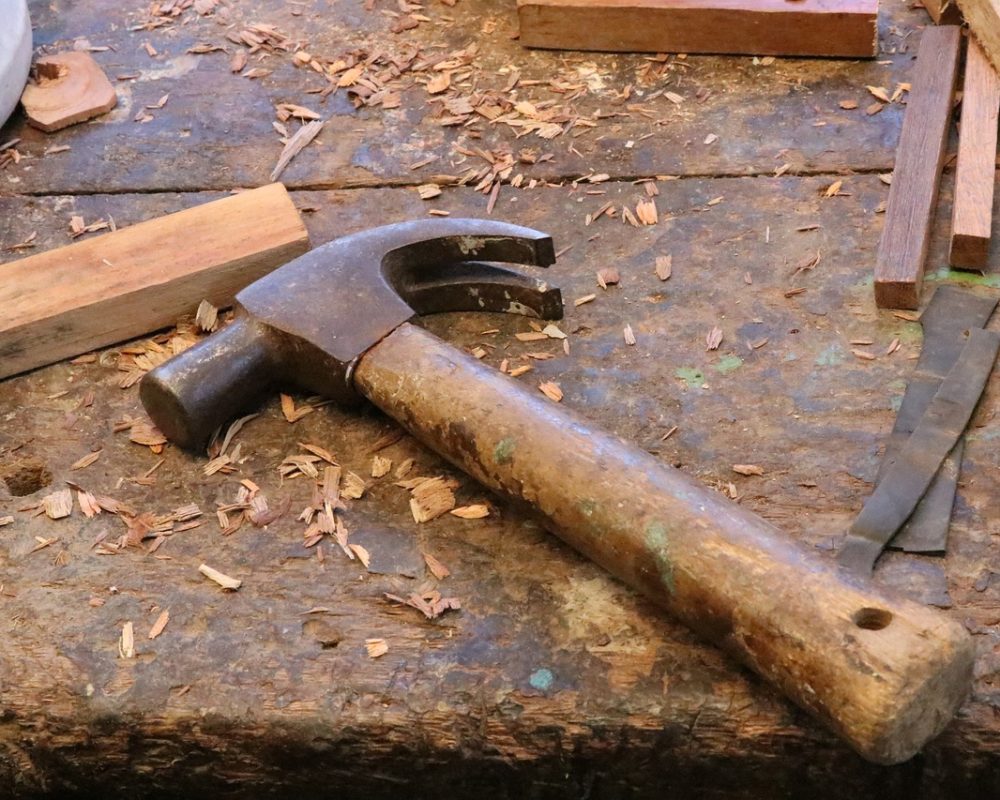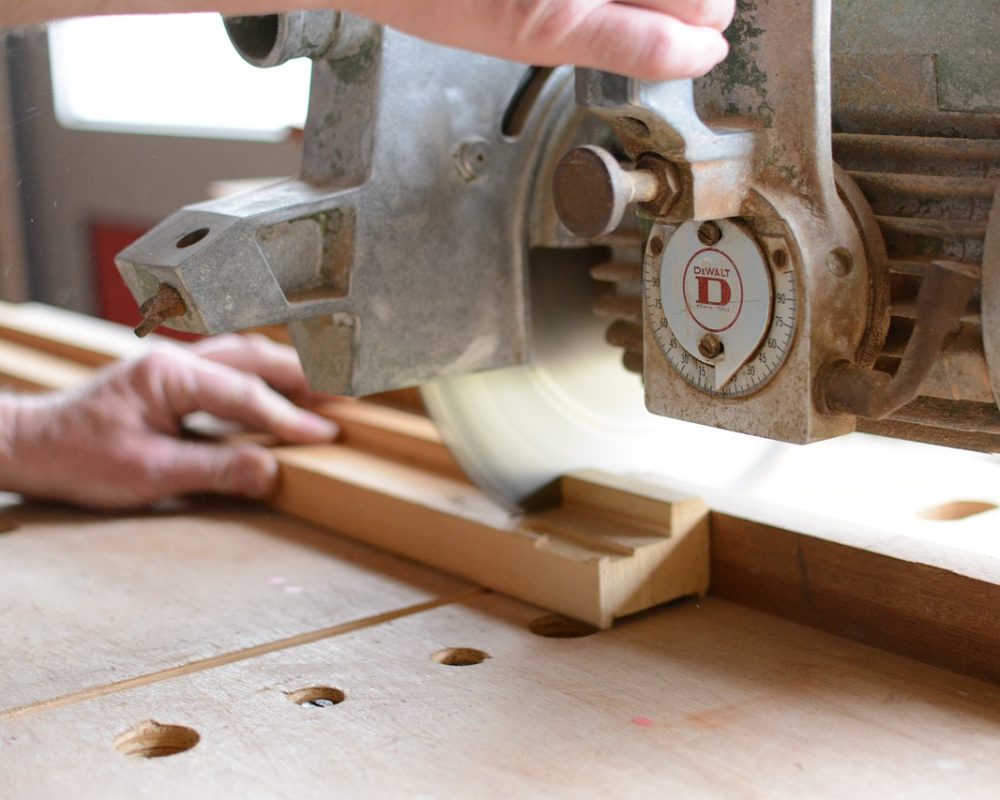Woodworking repairs require not only precision but also a deep understanding of the craft. A seasoned carpenter knows that wood is not merely a building material; it’s a living, breathing entity that demands respect and patience. Whether
Carpentry fixes assume a huge part in keeping up with the underlying honesty and tasteful allure of wood-based designs and things. Furniture, entryways, windows, and decking — most homes and structures are loaded up with wooden components that, over the long haul, experience the ill effects of mileage. Openness to the components, bugs, or straightforward age can debilitate wood, prompting breaks, decay, or loss of finish. Rather than supplanting things, many decide to fix them, which can be more practical and savvy.

Before a craftsman starts any carpentry fix, a careful evaluation of the harm is fundamental. It’s not just about fixing which’s messed up; it’s tied in with understanding the underlying driver of the harm. For example, wood decays because of dampness openness, yet is that dampness coming from a releasing rooftop, unfortunate waste, or buildup? Distinguishing the wellspring of harm takes into consideration an exhaustive fix that fixes the issue as well as keeps it from repeating.
During the appraisal, the craftsman will assess whether the harmed piece can be fixed or needs substitution. This includes checking for decay, breaks, fragments, and debilitated joints. Now and again, just a little part of wood could should be supplanted, while different times a total upgrade of the construction is essential. This step requires both aptitude and instinct, as wood acts distinctively relying upon its sort, age, and the idea of the harm.

The right apparatuses are fundamental for any carpentry fix project. Here are a few key instruments a craftsman will regularly utilize:

Indeed, even the most experienced craftsmen face difficulties during carpentry fixes. A few normal troubles include:
– Matching Wood Types: While supplanting harmed wood, it tends to be trying to track down a similar kind of wood, particularly with old fashioned furnishings. Various woods have exceptional grains, tones, and properties, so finding a coordinate that mixes consistently with the first piece requires expertise.
– Dampness and Rot: Wood that has been presented to dampness might have stowed away decay, which debilitates the design. This can be challenging to distinguish until the wood is completely destroyed. Tending to decay frequently requires broad fixes or even substitution of whole areas.
One of the most significant parts of carpentry fixes is their manageability. By fixing as opposed to supplanting wood things, craftsmen add to diminishing waste and advancing the utilization of reasonable assets. The lumber business is a critical supporter of deforestation, and diminishing the interest for new wood by broadening the existence of existing things is a naturally capable decision.
A talented woodworker is something other than a jack of all trades — they are specialists who carry energy and skill to each maintenance. Carpentry is a fragile harmony among craftsmanship and science, where a comprehension of wood’s properties is basically as significant as the specialized capacity to work with it. The worth of a talented craftsman lies in their capacity to reestablish life to wooden things, safeguarding both their usefulness and their excellence.
Carpentry fixes are a fundamental part of carpentry, considering the safeguarding and reclamation of wooden things that could somehow be disposed of. A gifted woodworker, outfitted with the right devices and methods, can change harmed pieces into utilitarian and delightful show-stoppers. From evaluating harm to dominating complex fix procedures, craftsmen reinvigorate wood, guaranteeing its life span and manageability.
